Essential Surgery
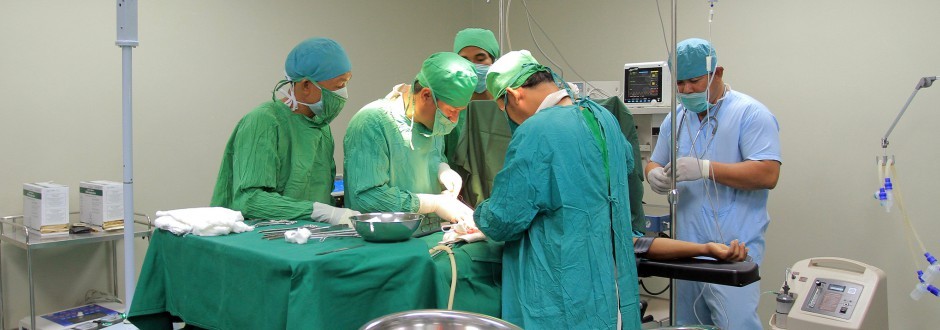
Copyright: Chhor Sokunthea/World Bank
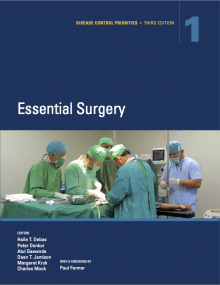
“The Essential Surgery volume of DCP3 helps definitively dispel many of the myths about surgery’s role in global health, in part by showing the very large health burden from conditions that are primarily or extensively treated by surgery. It dispels the myth that surgery is too expensive by showing that many essential surgical services rank amongst the most cost-effective of all heath interventions.”
Surgical Procedures, 2004
- 50-499
- 5,00-1,499
- 1,500-4,999
- 5,000-9,999
- Over 10,000
- No Data
Weiser, T. G., S. E. Regenbogen, K. D. Thompson, A. B. Haynes, S. R. Lipsitz, W. R. Berry, and A. A. Gawande. 2008. "An estimation of the global volume of surgery: a modelling strategy
based on available data." Lancet no. 372 (9633):139-44.
News and Events
DCP3 Volume 1 chapter author Dr. Mark Shrime and Dr. Jaymie Henry of the G4 Alliance - along with This Week in Global Health's Jessica Taaffe and Sulzhan Bali - participated in the latest installment of This Week in Global Health (TWiGH) to discuss Essential Surgery. TWiGH is an online-based...
A recent article in the Annals of Surgery - co-authored by several DCP3 chapter authors - aims to characterize the economic hardship for uninsured patients admitted for trauma using catastrophic health expenditure (CHE) risk. This analysis is the first application of CHE to a US trauma population...
Cost-effectiveness analysis can be a powerful policy-making tool. In the two decades since the first cost-effectiveness analyses in global surgery, the methodology has established the cost-effectiveness of many types of surgery in low- and middle-income countries (LMICs). However, with the...
Volume Editors
To Obtain Copies of Essential Surgery:

Download the entire volume from The World Bank
Purchase copies of the volume from Amazon, in paperback or hardcover.
Volume citation: Debas, H. T., P. Donkor, A. Gawande, D. T. Jamison, M. E. Kruk, and C. N. Mock, editors. 2015. Essential Surgery. Disease Control Priorities, third edition, volume 1. Washington, DC: World Bank.







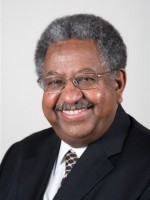

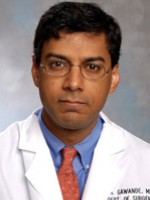
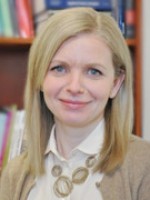
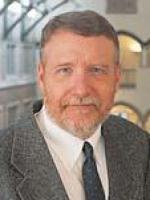

Lancet Article on Surgery
Published online 5 February, 2015
Introduction:
Disorders that are treated mainly or frequently by surgery constitute a substantial portion of the global burden of disease. Each year, injuries kill nearly 5 million people and about 270,000 women die from complications of pregnancy.
Read more